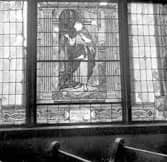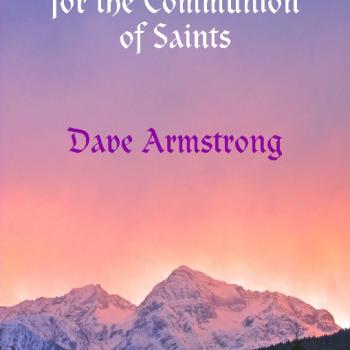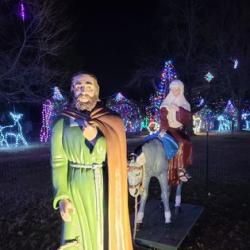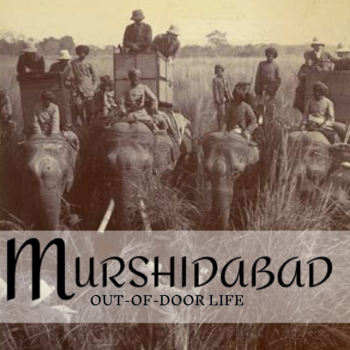Sistas in Zion (Tamu Thomas-Smith and Zandra Vranes) were the Genesis speakers, and used humor, faith, and song in their presentation. Afterward, we had testimony time. I added mine, remembering when I first started attending Genesis and when I took the Genesis youth to my grandparents' cabin in Island Park. We went to Yellowstone. One of the young men (now deceased) was afraid to jump into the river where we were swimming. I treaded water with my feet and held out my arms, assuring him that I wouldn't let him drown, that I knew how to swim. After five tries, he finally fell into my arms. As promised, I caught him, and he laughed.
I remembered other times when Tamu or her grandmother, Susie Mae Thomas, had opened their arms for me when my children were making bad choices and I was fearful. We were a community, a family, holding our arms out to one another. There was even a time when a friend came to join a discussion and said, "Oh my gosh! Margaret is white! I mean, I knew, but I hadn't seen it." We had evolved into a community where "race" was incidental. Could we have been together in 1977 with the same feelings of friendship? I would guess not. In fact, when Susie Mae joined the LDS Church and went to her first meeting as a Mormon, a woman tapped her on the arm and said, "This is a white church." Susie quit the church right then, but returned a decade later. When my co-author, Darius Gray, joined in 1964 and went to his first meeting as a convert, a little girl looked at him in terror, and then ran away shouting, "Mommy! A Nigger!"
It plays both ways, of course. When Darius Gray and I were invited to Jacksonville, Florida to present firesides and information on black pioneers, a black leader there saw my photo and said, "Oh no. No, you are not bringing her. We don't need white folks to tell us our own history." He was eventually persuaded to give me a chance. It was he who confessed his initial resistance to me, years after we had become dear friends.
These are the tensions Mormons still live with, and which continue to surface throughout America, showing themselves more than usual in current politics.
Blum and White are right that "representations of the holy bec[o]me crucial for the nation's identity and struggles." The implications of that statement suggest that representations of the unholy also become crucial for national and communal identity and framework. Racism depicts "other" races as unholy in some ways. Perceiving another as inferior infers that they are lacking in some divinity that "we" in our designated framework—either cultural or religious—possess. They are cursed by God, perhaps, as Mormons and other religions taught about blacks for years, and therefore not entitled to the same blessings as the "we." They are other.
Dr. Murray articulates the issue beautifully in Twice Tested by Fire:
Black America is the only culture to worship God in images and symbols that do not mirror its lived reality . . . God is portrayed as white, and so is Jesus, as are the disciples, prophets, and other biblical figures. Someone may ask, "What difference does it make?" Black churches are ministering mostly to people who have been indoctrinated with four centuries of the dogma that "white is right, black get back." Then to come to a house of worship and see the same message symbolically reinforced—well, this adds but little to the spiritual healing that is the charge of religion. (65)
Reverend Murray's solution to this problem for his own church was to hire an artist to delicately alter a European nativity picture to "show Jesus, Joseph and Mary in the color they more likely had been" (66). This alteration was made late at night to avoid political controversy. Later, the stained glass pictures in the First AME were also darkened.
During my fifty-seven years of life, the Civil Rights Movement has brought us all to the threshold of Dr. King's dream. We have not yet crossed it, though our heads are turned toward the promised land.

The year before my birth, May 17, 1954, Brown v. the Board of Education set a standard that would take years to implement—and which, frankly, is not being currently met. Ideally, all students in the U.S. would have education of equal quality. This meant that integration would become part of education. Susie Mae Thomas, my previously mentioned friend, was involved in that integration. She was assigned to take classes in domestic service at her high school, and insisted that she wanted a better career than being some white person's maid. She and three other students began attending other classes. They were taken from these classes, handcuffed, and forced into police cars several times because of their protests. Finally when they arrived at the school, still determined to take the classes they wanted, a "sea of brown" (according to Tamu Thomas-Smith) greeted them. Latinos, Blacks, and Asians were giving their bodies and voices to support them. Susie and her friends were allowed to take classes that would prepare them for something better than domestic service. Eventually, Susie became a civil rights leader in San Bernardino, California.




